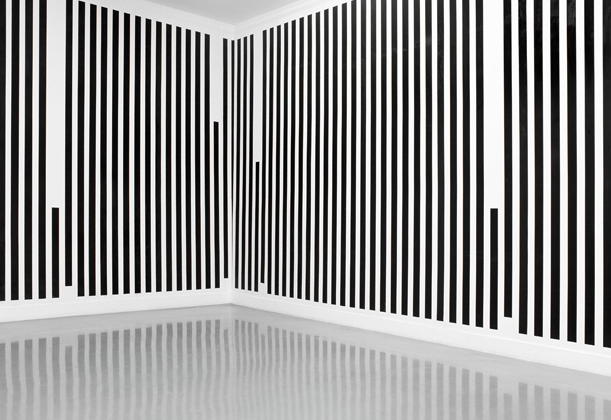
‘Baudelaire in Cyberspace’ bundelt een tiental dialogen tussen filosoof Antoon Van den Braembussche (º1946) en beeldend kunstenaar Angelo Vermeulen (º1971), die alle voor een breed publiek bestemd zijn. Antoon Van den Braembussche – kind van de jaren zestig en al jaren actief als dichter – heeft als filosoof een bijzondere interesse in hedendaagse kunst en beeldcultuur. Angelo Vermeulen heeft een wetenschappelijke achtergrond als bioloog. Hij maakt in zijn kunstprojecten kruisbestuivingen tussen kunst en technologie en is daarnaast ook een fervent gamer. In een gedreven, meeslepend vraag- en antwoordspel wordt rijkelijk uit het verleden geput, gul vooruitgeblikt en naar hartelust in- en uitgezoomd. Op ongedwongen wijze flanerend en meanderend in het huidige landschap van kunst en digitale cultuur, geven zij langzaam in hun gemeenschappelijke zoektocht een eigentijdse en eigenzinnige visie prijs. Hierdoor wordt de onderlinge betrokkenheid duidelijk van heel verschillende actuele thema’s, zoals de verhouding tussen kunst en wetenschap, de malaise in de kunst, geweld in media, de filosofie van computer games, engagement en betrokkenheid, de esthetische ervaring en de kunst van het onzegbare.
via AngeloVermeulen.
Op dit moment zijn dialoog 1, 2 en 5 reeds downloadbaar. Ga naar de vault om de respectievelijke pdf-bestanden te downloaden.


